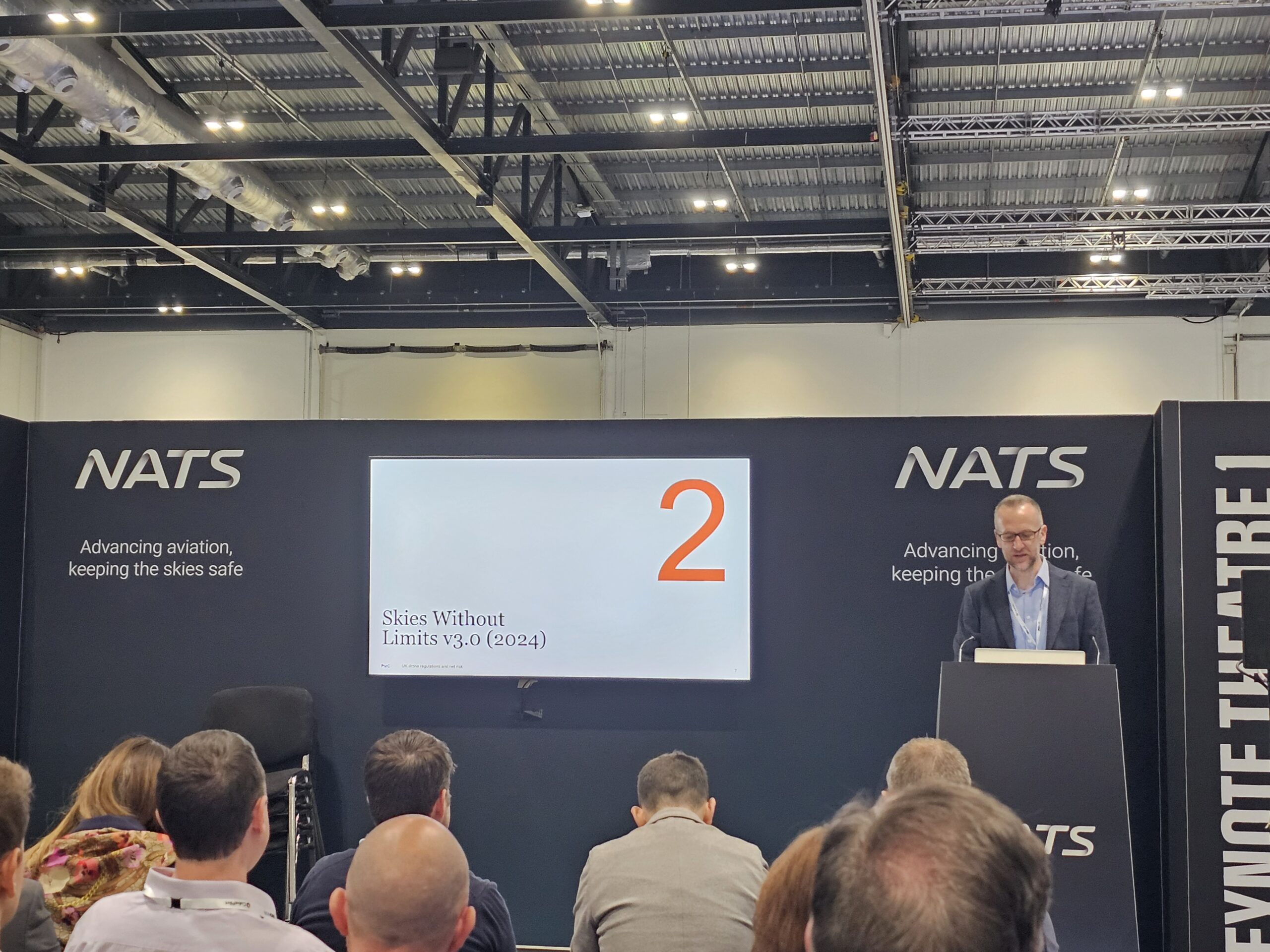By: Philip Hicks, Autonomy Global U.K. Ambassador
In a development that has stunned the UK’s autonomous aviation sector, Altitude Angel, the country’s flagship provider of drone traffic management infrastructure, entered administration (a formal insolvency procedure for a business that cannot pay its debts) on 7 October 2025. The announcement, confirmed by FRP Advisory’s Andy John and Geoff Rowley, places the future of the company’s core platforms in jeopardy and raises urgent questions about the stability of the UK’s BVLOS (Beyond Visual Line of Sight) ambitions.
For nearly a decade, Altitude Angel has served as the digital backbone of UK drone integration. Its GuardianUTM and Arrow platforms have powered flight planning, detect-and-avoid capabilities and real-time airspace data for thousands of operators. From commercial logistics to emergency response, its APIs have been embedded across the sector. The company’s collapse now threatens to stall progress on Project Skyway, a 165-mile drone corridor linking Reading to Coventry, and disrupt services like the GoDrone app, developed in partnership with Dutch air traffic control.

The timing could not be more precarious. Just days earlier, DroneX 2025 convened the sector’s leading minds at ExCeL London, showcasing multi-domain convergence and dual-use innovation across air, land, sea and space. Yet beneath the optimism, exhibitors voiced growing frustration with regulatory inertia. BVLOS remains the holy grail of commercial drone operations, but the UK’s fragmented permissions and sandbox trials have failed to deliver scalable pathways. Altitude Angel’s administration now adds operational risk to an already fragile ecosystem.
Internationally, the ripple effects are immediate. In the Netherlands, GoDrone’s future is uncertain, potentially impacting flight clearance workflows in controlled zones. In Eastern Europe, Denmark and Ukraine’s new defense tech pact, aimed at building a “drone wall” across NATO’s eastern flank, may face complications in harmonizing UTM protocols. Meanwhile, U.S. firms accelerating FAA-backed pilots could absorb displaced UK operators or acquire Altitude Angel’s IP to strengthen domestic offerings.
The collapse also casts a shadow over SESAR’s cross-border U-Space initiatives, where Altitude Angel had been a key contributor. With Europe pushing for interoperable drone corridors, the loss of a mature UTM provider could delay standardization and erode investor confidence.
At DroneX, PwC’s launch of Skies Without Limits v3.0 offered a sobering counterpoint to the expo’s energy. While the report highlighted promising developments, routine inspections in unsegregated airspace, daily BVLOS flights, and “automotive-like” drone manufacturing, it also underscored persistent barriers. BVLOS remains severely restricted in the UK, chemical spraying is limited to uncontrolled substances and growth is driven more by international demand than domestic policy support.
Craig Roberts, PwC’s Head of Drones, delivered a keynote urging regulators to adopt a “net risk” approach, recognizing that drones often reduce overall harm by replacing dangerous tasks. “Overly cautious regulation keeps people in harm’s way,” he warned, “and stifles innovation.”
Altitude Angel’s administration now crystallizes that warning. Without a stable UTM backbone, the UK risks falling behind global peers who are rapidly scaling autonomous operations. The move also raises broader questions about the sustainability of drone infrastructure startups in a regulatory environment that has yet to deliver commercial viability.
For operators and developers, the immediate priority is contingency planning. Dependencies on Altitude Angel’s APIs must be reviewed, alternative platforms explored and updates from FRP Advisory closely monitored. Competitors like OneSky, ANRA and AirMap may step in, but integration timelines remain uncertain.
The strategic implications are clear: the UK’s leadership in autonomous aviation is at risk. Policy reform, public-private support, and ethical clarity will be essential to restore momentum. Until then, the promise of scalable, multi-domain autonomy, especially in the air, remains partially grounded.
Autonomy Global will continue to track this story and provide updates as they unfold.
Altitude Angel Milestone Timeline
| Year | Milestone |
|——|———–|
| 2014 | Founded by Richard Parker in Reading, UK |
| 2015 | Launched Drone Safety Map and UTM prototype |
| 2016 | Released Guardian App and Drone Assist with NATS |
| 2018 | Conducted Operation Zenith at Manchester Airport |
| 2019 | Partnered with LVNL; launched Arrow “superhighway in the sky” |
| 2020 | Won ATM Award for Pop-up UTM; expanded COVID-19 drone delivery trials |
| 2021 | Released GuardianUTM Enterprise; achieved ISO 9001 & 27001 certification |
| 2023 | Supported Project Skyway corridor planning |
| 2025 | Entered administration on 7 October |

